Which one of the following figures represents the placentation on primrose ?
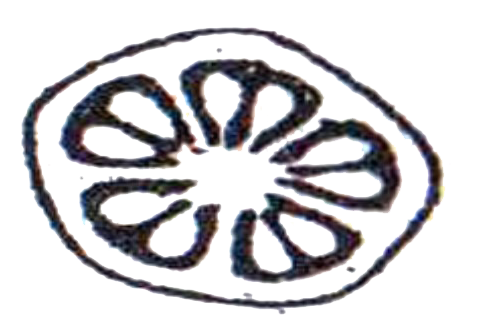
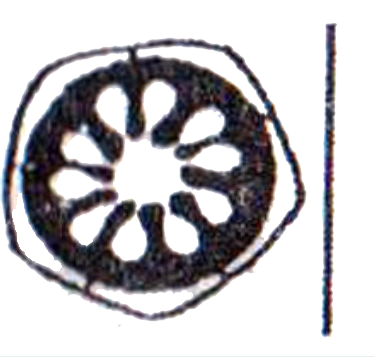
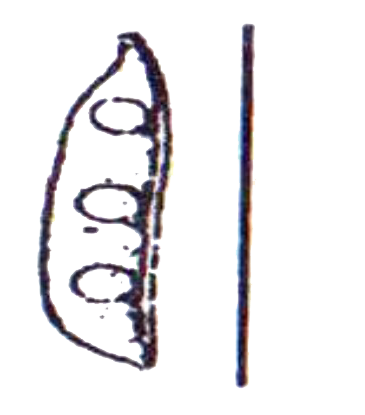
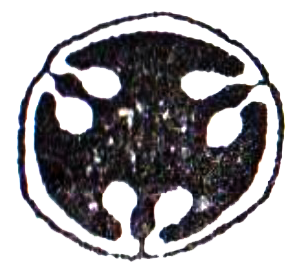
The correct Answer is:B
To determine which figure represents the placentation in primrose, we need to understand the concept of placentation and the specific type that applies to primrose.
1. Understanding Placentation:
- Placentation refers to the arrangement of ovules within the ovary of a flower. It is essential to identify the type of placentation to answer the question correctly.
2. Types of Placentation:
- There are several types of placentation:
- Marginal Placentation: Ovules are attached along the ventral suture of the ovary. Example: Pea (P).
- Axial Placentation: Ovules are attached along the central axis of the ovary. Example: Lemon.
- Parietal Placentation: Ovules are attached to the inner wall of the ovary. Example: Mustard.
- Free Central Placentation: Ovules are attached to a central column and are free from the ovary wall. Example: Primrose.
3. Identifying the Correct Figure:
- Since primrose exhibits free central placentation, we need to look for the figure that represents this type of placentation. The diagram for free central placentation will show ovules attached to a central axis within the ovary.
4. Conclusion:
- The figure that represents the placentation in primrose is the one that illustrates free central placentation.
Final Answer:
The correct figure representing the placentation in primrose is the one depicting free central placentation.
---
- Placentation refers to the arrangement of ovules within the ovary of a flower. It is essential to identify the type of placentation to answer the question correctly.
- There are several types of placentation:
- Marginal Placentation: Ovules are attached along the ventral suture of the ovary. Example: Pea (P).
- Axial Placentation: Ovules are attached along the central axis of the ovary. Example: Lemon.
- Parietal Placentation: Ovules are attached to the inner wall of the ovary. Example: Mustard.
- Free Central Placentation: Ovules are attached to a central column and are free from the ovary wall. Example: Primrose.
- Since primrose exhibits free central placentation, we need to look for the figure that represents this type of placentation. The diagram for free central placentation will show ovules attached to a central axis within the ovary.
- The figure that represents the placentation in primrose is the one that illustrates free central placentation.
The correct figure representing the placentation in primrose is the one depicting free central placentation.
Similar Questions
Knowledge Check
Which of the following figures represents a typical placentation as seen in Hibiscus rosa sinensis (China rose)?
A B
B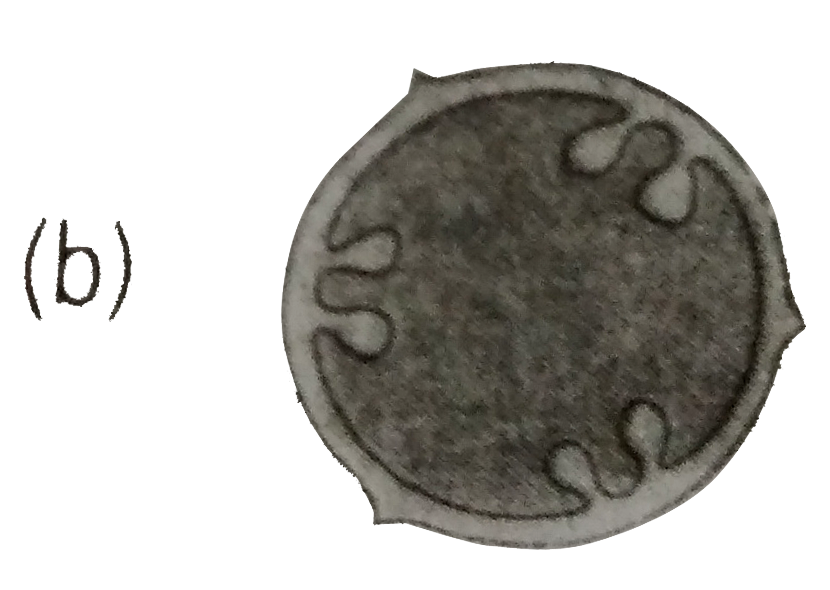 C
C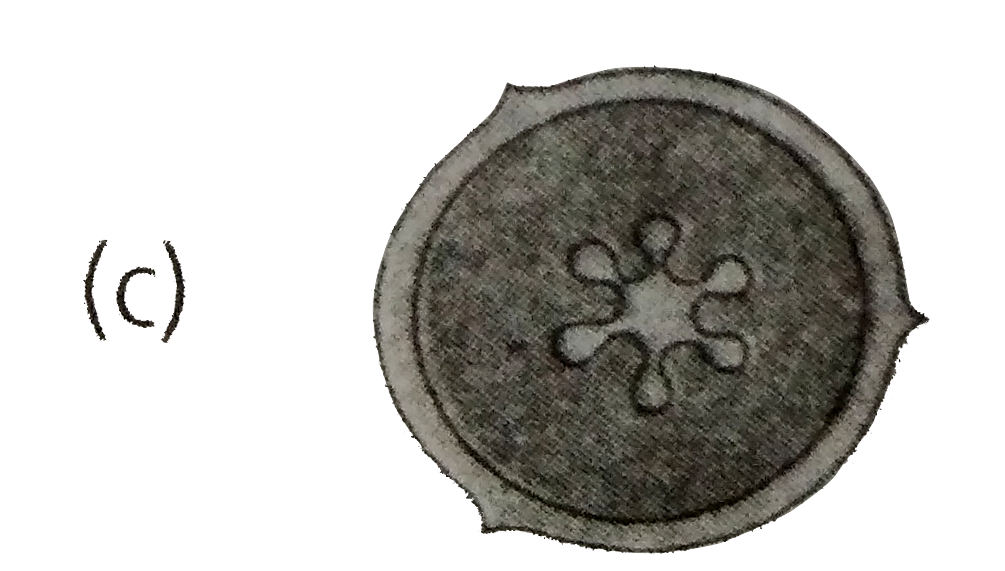 D
D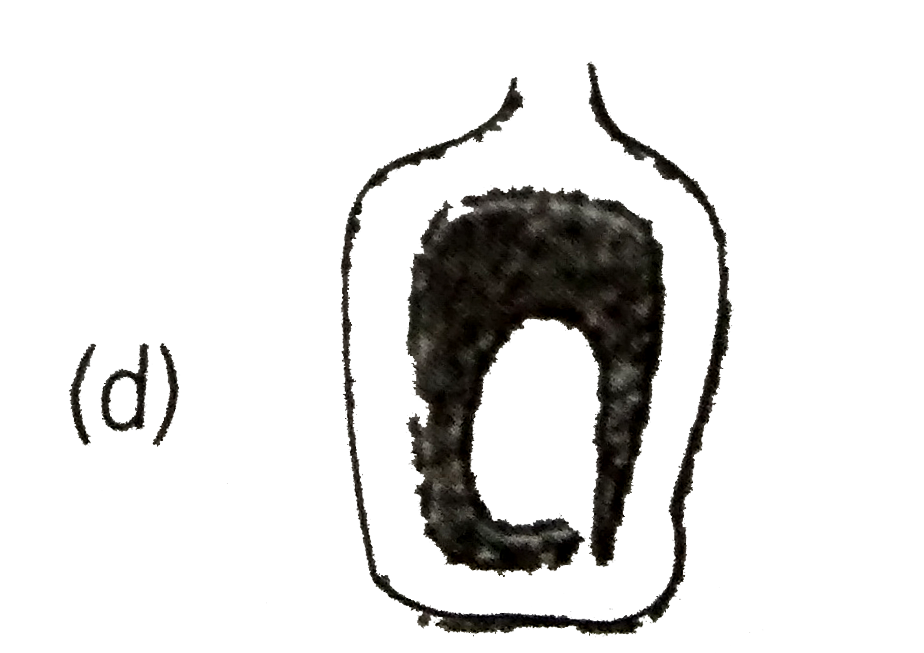
Which one of the following structures represents the neoprene polymer?
A⎛⎜⎝−CH2−C∣Cl=CH−CH2−⎞⎟⎠nB⎛⎜⎝−CH2−CH∣CN−⎞⎟⎠nC⎛⎜⎝−CH2−CH∣Cl−⎞⎟⎠nD⎛⎜ ⎜⎝−CH∣C6H5−CH2−⎞⎟ ⎟⎠n
Which one of the following diagrams represents the placentation in Dianthus
View SolutionWhich of the following diagram represents axile placentation?
View SolutionWhich one of the following represents a wave ?
View SolutionWhich one of the following graphs represent a function? (FIGURE)
View SolutionWhich one of the following represents photohosphorylation ?
View SolutionWhich one of the following pairs represent stereoisomerism?
View Solution


